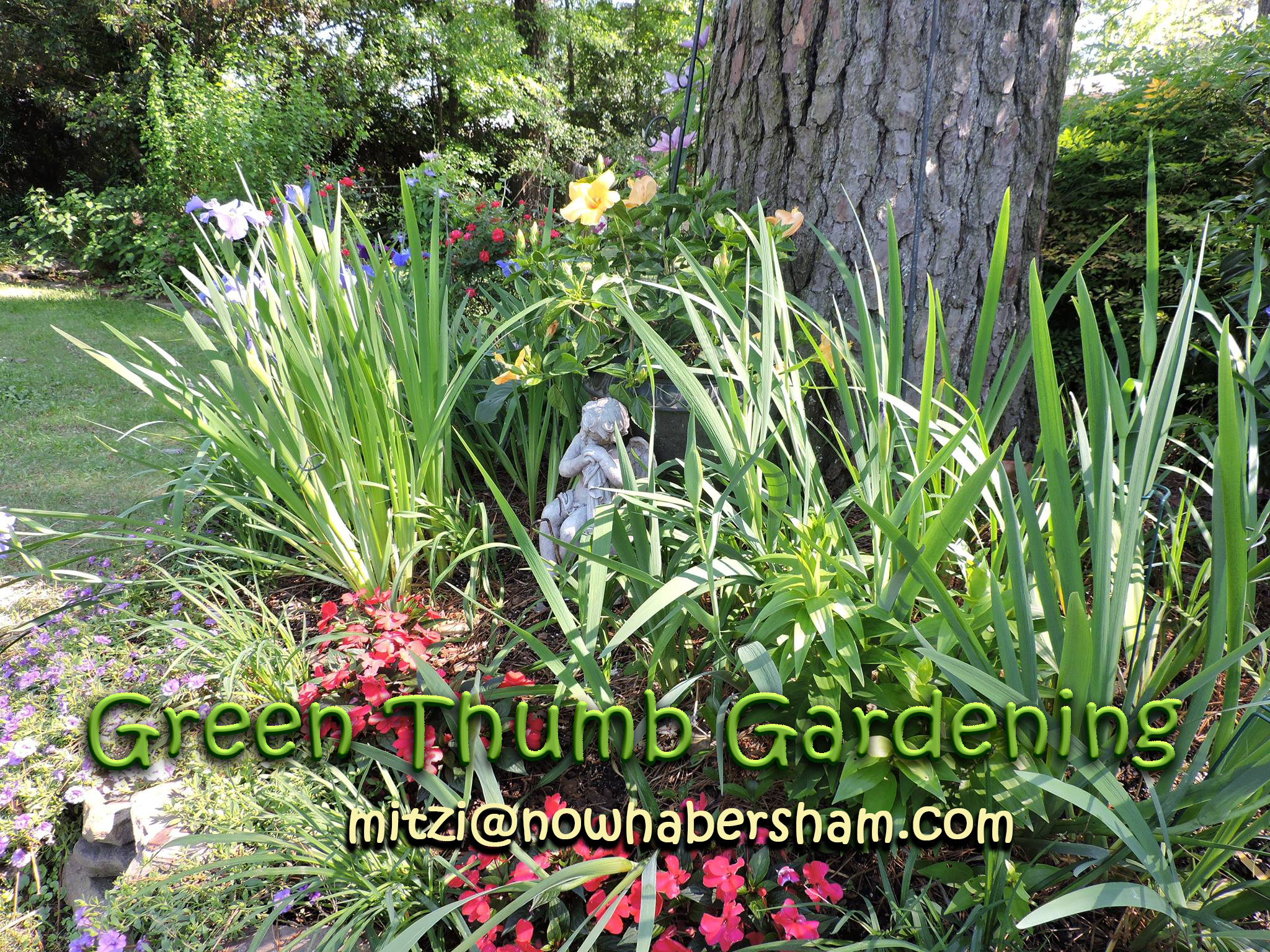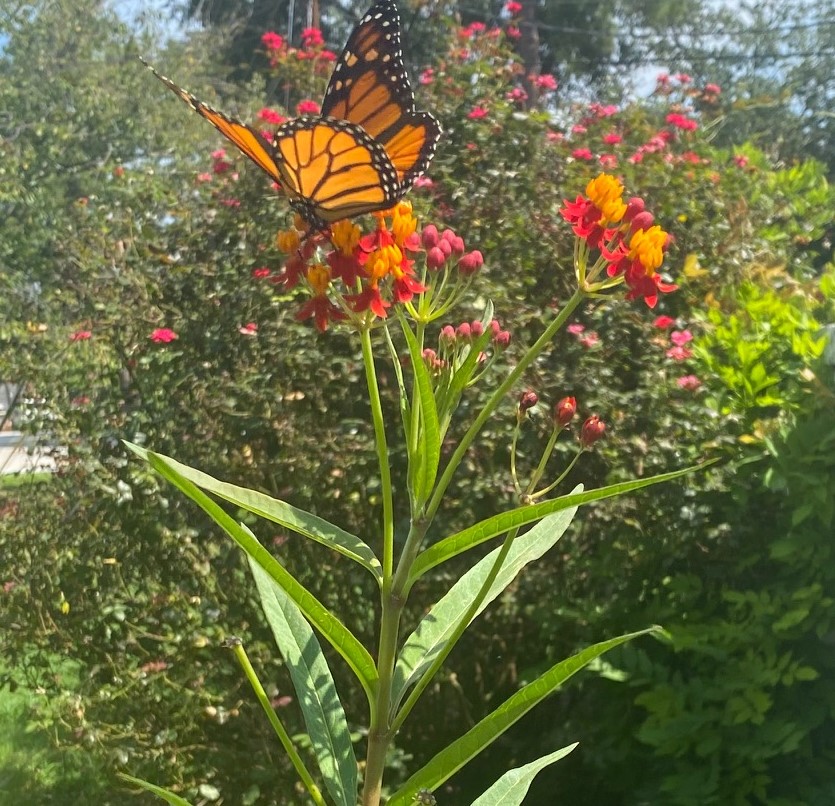
If you feel grateful for cups of coffee, beautiful flowers, and juicy strawberries, now is the perfect time to thank a pollinator because it’s National Pollinator Week! More than 75% of all flowering plants on Earth need help with pollination — plants that are responsible for U.S. food and half of the world’s oils, fibers, and raw materials. Pretty amazing, huh?
A resolution recognizing the importance of pollinators to ecosystem health and agriculture in the United States and the value of support for protecting and sustaining pollinators was designated by Congress in 2007, which brings us to National Pollinator Week June 21 through June 27.
So how important are pollinators? Most flowering plants require pollination services from insects, birds, and bats. The others use the wind to carry pollen between plants or have self-pollinating techniques which don’t require insects to transfer pollen (like tomatoes and peas). Always the farmer’s friend, pollinators fertilize about 75 percent of the crops grown for food and that translates into one of every three bites of food is connected to a pollinator. Billions of dollars are generated through agriculture every year and the key link to this success is the continued conservation of pollinators. Butterfly houses and hummingbird feeders also provide a place for our flying friends to rest and eat on their long journeys.

Home gardeners can enjoy viewing or creating pollinator habitat through the simple planting of a diversity of pollinator-friendly plants and avoiding or limiting the use of pesticides in the garden. Where pesticides are used, timing is critical and the chemicals should be applied late in the day or early morning before pollinators are active. Or to perhaps seek out an alternative pest management strategy that doesn’t involve pesticides.
Top 20 flowers to plant and attract pollinators

Flowers are beautiful, bringing a splash of color to our gardens and veggie patches. But there’s so much more to them than just beauty alone.
Flowers play a key role in our ecosystem, they can be edible, and they are perfect for attracting beneficial insects, hummingbirds, and other pollinators. The functioning of our ecosystem rests on the tiny backs of these pollinators – a big burden for their little shoulders to bear!
These are some of the best flowers to plant to do our part:
Butterfly bush
Calendula
Marigold
Salvia
Nasturtium
Lavender
Cosmos
Verbena
Butterfly weed
Borage
Agastache
Heliotrope
Yarrow
Sunflowers
Coneflower
Zinnia
Liatris
Penstemon
Aster
Bee balm
If you’d like to learn more about pollinators and how to make a difference during National Pollinator week visit the US Fish and Wildlife Service or pollinator.org
